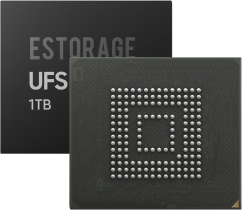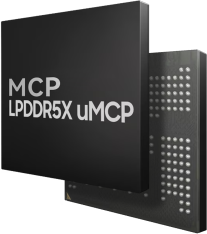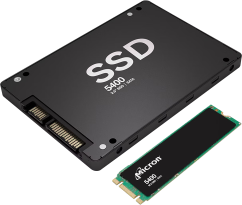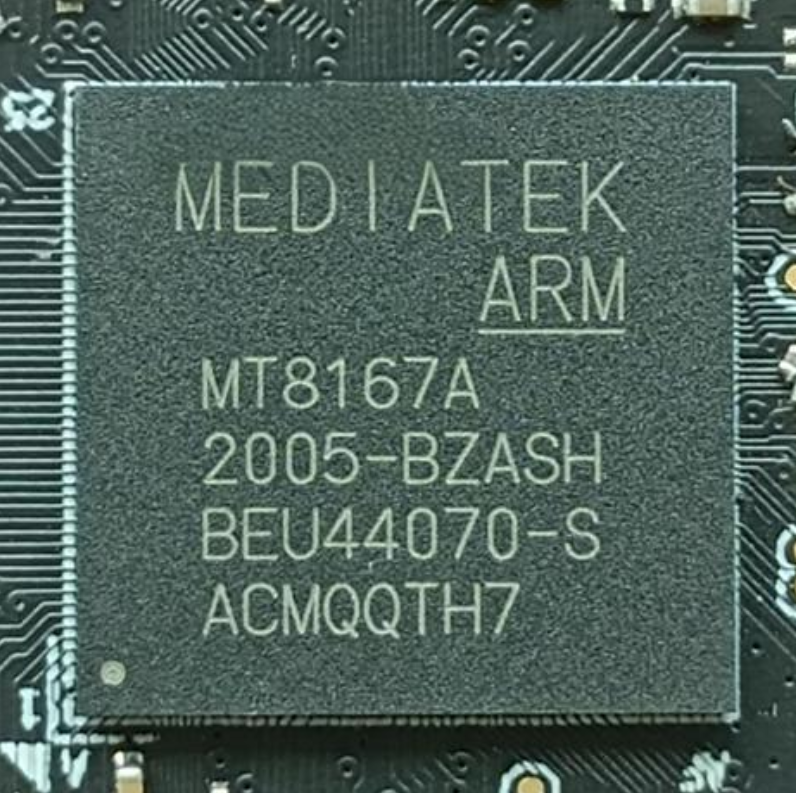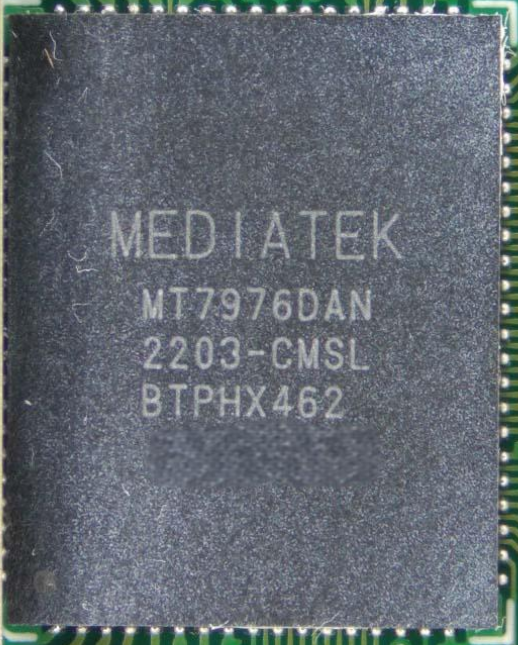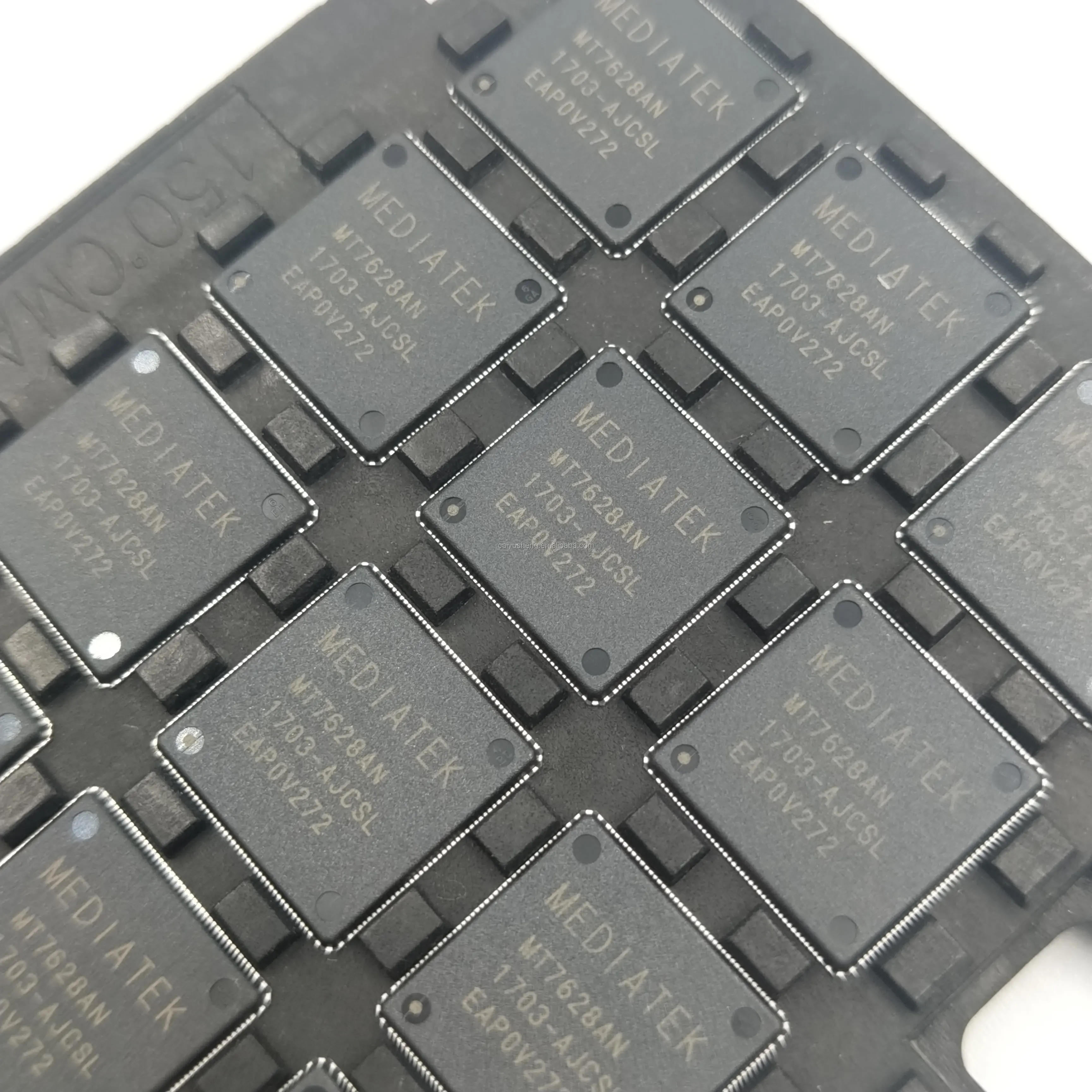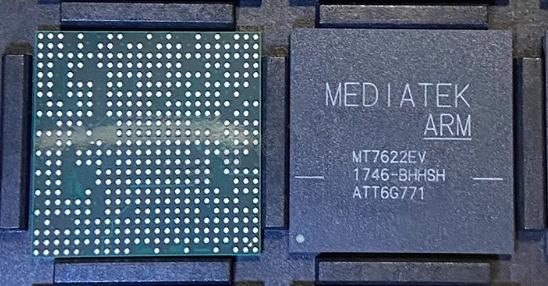Product Description
The MT2601 is a low-power SoC designed to meet the unique needs of wearable devices and IoT applications. It combines a power-efficient ARM Cortex-M4 processor with a suite of connectivity options, including Bluetooth Low Energy (BLE) and GNSS, making it ideal for fitness trackers, smartwatches, and other wearable products that require constant data processing and location tracking.
The ARM Cortex-M4 processor in the MT2601 is specifically chosen for its low-power characteristics and real-time performance. With a clock speed of up to 192 MHz, the processor is capable of handling the processing requirements of wearable devices without consuming large amounts of energy. This allows the MT2601 to deliver efficient performance for tasks like sensor data collection, motion tracking, and basic user interface management.
For connectivity, the MT2601 supports Bluetooth Low Energy (BLE), allowing devices to connect to smartphones, tablets, and other Bluetooth-enabled devices. BLE is essential in wearable devices because it minimizes power consumption while maintaining a reliable connection for data synchronization and communication. BLE also allows the device to transmit data like fitness metrics, health monitoring data, and notifications efficiently, which is vital for applications like health tracking and fitness monitoring.
The MT2601 also offers GNSS support, which enables location-based services such as fitness tracking and navigation. Whether a user is running, cycling, or walking, GNSS support allows the device to provide real-time location data for precise activity tracking. This is particularly useful for outdoor fitness applications where users want to track their routes or distance.
Another key feature of the MT2601 is its ability to integrate with various sensors that are commonly used in wearables. The SoC can support accelerometers, gyroscopes, and heart rate monitors, which are critical for motion sensing, activity recognition, and health monitoring. By supporting sensor fusion, the MT2601 can combine data from different sensors to improve the accuracy of tracking activities and health metrics. This is especially useful in fitness trackers and smartwatches, where users require precise data for performance analysis and health insights.
Power efficiency is a crucial aspect of the MT2601's design, as it is aimed at extending the battery life of devices. The SoC features multiple power-saving modes, including sleep mode and dynamic frequency scaling, which help reduce energy consumption when the device is not actively in use. This ensures that wearable devices powered by the MT2601 can last for several days on a single charge, even with continuous use.
Overall, the MT2601 is a well-rounded SoC for wearables and IoT devices. It combines efficient low-power processing, wireless connectivity, and sensor integration into a compact package. Whether used in fitness trackers, smartwatches, or health monitoring devices, the MT2601 ensures that these products can deliver long-lasting performance, accurate data collection, and efficient connectivity, making it an ideal choice for modern wearable technology.
Specification
Processor:
ARM Cortex-M4 processor, 32-bit, optimized for low-power and real-time processing.
Clock speed: Typically up to 192 MHz, suitable for handling tasks like sensor data processing, activity tracking, and communication.
Connectivity:
Bluetooth Low Energy (BLE) for efficient wireless communication with other devices like smartphones and tablets.
GNSS support for location tracking and fitness monitoring.
Potential Wi-Fi connectivity for some versions, enabling integration with smart home devices.
Power Efficiency:
Designed for low-power operation with features like sleep modes and dynamic frequency scaling.
Energy-efficient architecture that helps extend battery life in wearable and IoT applications.
Sensor Integration:
Supports motion sensors (accelerometer, gyroscope), heart rate monitors, and other health-related sensors.
Capable of sensor fusion, improving the accuracy of data from multiple sensors.

